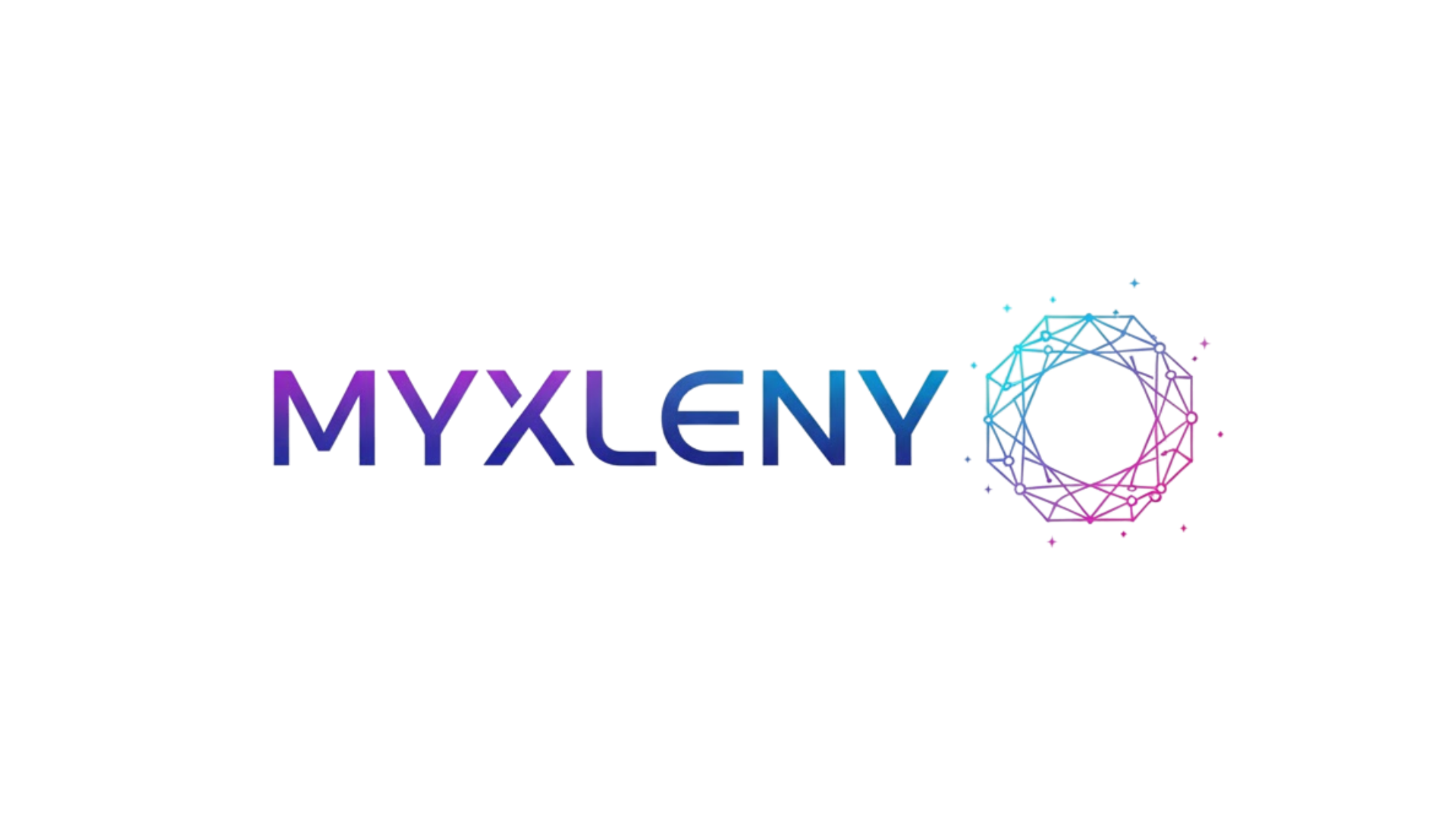Building strong team cohesion across continents and time zones has become one of the most critical challenges for modern organizations navigating the global remote work landscape.
The shift toward distributed teams has transformed how businesses operate, bringing both remarkable opportunities and complex challenges. While remote work eliminates geographical barriers and opens access to global talent pools, it simultaneously creates new obstacles in fostering the sense of unity and shared purpose that naturally develops in traditional office environments. Understanding how to bridge these gaps is essential for any organization committed to long-term success in the digital age.
The reality is that remote teams can be just as cohesive, productive, and innovative as their office-based counterparts—but achieving this requires intentional strategies, thoughtful communication practices, and a commitment to building genuine connections across digital spaces. The question isn’t whether strong cohesion is possible in global remote teams, but rather how leaders can create the conditions for it to flourish.
🌍 The Unique Challenges of Global Remote Team Cohesion
Remote teams face distinct challenges that don’t exist in traditional workplace settings. The absence of spontaneous hallway conversations, the inability to read body language during video calls, and the lack of shared physical experiences all contribute to a sense of disconnection that can undermine team unity.
Time zone differences create perhaps the most significant barrier. When team members in Singapore are starting their day as colleagues in San Francisco are ending theirs, finding overlapping hours for real-time collaboration becomes a complex puzzle. This temporal misalignment can lead to delayed responses, asynchronous communication gaps, and feelings of isolation among team members who rarely interact in real-time.
Cultural differences add another layer of complexity. Communication styles vary dramatically across cultures—what’s considered direct and efficient in one culture might be perceived as rude in another. Hierarchical expectations, attitudes toward conflict, and approaches to decision-making can differ substantially, creating potential misunderstandings that erode trust and cohesion.
The digital communication barrier also plays a significant role. Without facial expressions, tone of voice, and physical presence, messages can be easily misinterpreted. A brief email that seems efficient to the sender might come across as cold or dismissive to the recipient. These small misunderstandings accumulate over time, gradually weakening the bonds between team members.
📋 Establishing Clear Communication Frameworks
The foundation of any cohesive remote team is a well-defined communication framework that everyone understands and follows. This framework should specify which tools to use for different types of communication, expected response times, and guidelines for ensuring clarity.
Organizations should designate specific channels for different purposes: instant messaging for quick questions, email for formal communications, video calls for complex discussions, and project management platforms for task-related updates. This clarity prevents the communication chaos that often plagues remote teams, where important information gets lost in a sea of messages across multiple platforms.
Response time expectations are equally important. Team members need to know when they can expect replies and understand that delayed responses across time zones are normal and acceptable. Establishing “core hours” when most team members are available can help, even if these windows are brief.
Creating Communication Rituals
Regular communication rituals help establish rhythm and predictability in remote teams. Daily stand-ups, weekly team meetings, and monthly all-hands gatherings create touchpoints that keep everyone aligned and connected. These rituals shouldn’t feel like obligations but rather opportunities for connection and collaboration.
The key is consistency. When team members know they’ll have a video call every Monday morning or a casual virtual coffee chat every Friday afternoon, they develop a sense of routine and reliability that strengthens cohesion. These predictable interactions create the structure that physical offices naturally provide.
🤝 Building Trust Across Digital Distances
Trust forms the cornerstone of team cohesion, but building it remotely requires deliberate effort. Without the natural trust-building that occurs through daily in-person interactions, remote teams must create alternative pathways for developing confidence in one another.
Transparency is crucial. Leaders should share information openly, explain decisions clearly, and admit mistakes honestly. When team members understand the reasoning behind decisions and see leaders modeling vulnerability, they feel more comfortable being open themselves.
Reliability builds trust incrementally. Following through on commitments, meeting deadlines, and being present when expected all demonstrate dependability. In remote environments where physical presence isn’t observable, these actions become the primary evidence of trustworthiness.
Encouraging video-on meetings helps humanize interactions. Seeing faces, observing expressions, and noticing backgrounds all contribute to understanding colleagues as complete people rather than just profile pictures. While video fatigue is real and breaks are necessary, strategic use of video significantly strengthens interpersonal bonds.
🎯 Aligning Around Shared Goals and Values
Cohesive teams unite around common objectives and shared values. In remote settings, making these elements explicit and revisiting them regularly becomes even more important than in traditional workplaces.
Organizations should articulate their mission, vision, and values clearly, then consistently connect daily work to these larger purposes. When a developer in Poland understands how their code contributes to the company’s mission of improving healthcare outcomes, and a designer in Brazil sees how their work embodies the value of user-centered design, they feel connected to something larger than themselves.
Goal-setting should be collaborative and transparent. When teams participate in defining objectives and can see how their goals connect to broader organizational priorities, they develop a stronger sense of ownership and alignment. Using frameworks like OKRs (Objectives and Key Results) provides clarity and measurability that keeps distributed teams focused on shared outcomes.
Celebrating Wins Together
Recognition and celebration reinforce cohesion by acknowledging collective achievements. Remote teams need intentional celebration practices since success won’t be naturally visible across digital distances.
Create channels dedicated to sharing wins—both professional milestones and personal achievements. When a team member closes a major deal, ships a feature, or even completes a marathon, acknowledging these moments builds camaraderie and shows that people matter beyond their work contributions.
🛠️ Leveraging Technology Strategically
The right technology stack can either enable or hinder team cohesion. Successful remote teams are thoughtful about which tools they adopt and how they use them.
Collaboration platforms should facilitate both synchronous and asynchronous work. Tools like Slack or Microsoft Teams enable quick communication, while project management systems like Asana, Trello, or Monday.com keep work visible and organized. Documentation platforms ensure knowledge is accessible regardless of when or where someone works.
Video conferencing technology has evolved dramatically, with platforms now offering features like virtual backgrounds, breakout rooms, and interactive whiteboards that simulate aspects of physical collaboration. Choosing reliable, user-friendly platforms reduces technical friction that can frustrate teams and impede connection.
However, technology should enhance human connection, not replace it. The most sophisticated tools mean nothing if team members lack the interpersonal skills and emotional intelligence to use them effectively. Technology is the medium, but human connection remains the message.
🌟 Cultivating Social Connections Beyond Work
Strong teams aren’t built solely on professional interactions. The informal conversations that happen naturally in office kitchens and hallways need digital equivalents in remote environments.
Virtual coffee chats, where team members are randomly paired for casual 15-minute video calls, replicate spontaneous office interactions. Online game sessions, virtual book clubs, or cooking classes create shared experiences that build relationships beyond work projects.
Some teams designate “water cooler” channels in their messaging platforms specifically for non-work conversations. Photos of pets, travel stories, hobby discussions, and personal updates humanize colleagues and create connection points that strengthen working relationships.
The key is making these social interactions optional rather than mandatory. Forced fun rarely works and can feel inauthentic. Instead, create opportunities and let natural affinity develop organically.
🕒 Respecting Boundaries and Preventing Burnout
Paradoxically, building cohesion requires respecting individual boundaries. Remote work can blur the lines between professional and personal life, leading to burnout that destroys rather than builds team unity.
Leaders should model healthy boundaries by not sending messages outside work hours, taking visible vacation time, and encouraging team members to disconnect fully when off. When leadership demonstrates that rest and personal time are valued, team members feel permission to prioritize their wellbeing without guilt.
Flexible schedules acknowledge that people have different peak productivity times and personal responsibilities. Allowing team members to structure their days around when they work best—while still meeting core collaboration requirements—shows respect for individual circumstances and builds loyalty.
Addressing Mental Health Proactively
Remote work can be isolating, and cohesive teams check in on mental health regularly. Creating psychological safety where people feel comfortable admitting struggles without professional consequences is essential.
Some organizations designate mental health days, provide access to counseling services, or create support groups where remote workers can discuss challenges. These investments in wellbeing pay dividends in team cohesion as members feel genuinely cared for as whole people.
📚 Investing in Continuous Learning and Development
Teams that learn together grow together. Shared learning experiences create common reference points and demonstrate organizational investment in employee growth.
Virtual training sessions, online courses, and learning stipends show commitment to development. When teams participate in workshops together—whether on technical skills or soft skills like communication and conflict resolution—they build both competence and connection.
Peer learning opportunities are particularly valuable. Lunch-and-learn sessions where team members share expertise, mentorship programs pairing experienced and newer employees, and internal knowledge-sharing platforms all foster cohesion while building organizational capacity.
🔄 Adapting Leadership for Remote Environments
Leading remote teams requires different skills than managing in-person groups. Leaders must be more intentional about communication, more creative about building culture, and more attuned to subtle signals of disengagement.
Regular one-on-one meetings become even more critical in remote settings. These conversations provide opportunities to address concerns, provide feedback, and maintain individual connections that might otherwise fade. Leaders should use these meetings not just for status updates but for genuine relationship-building.
Distributed leadership—empowering team members to take ownership of initiatives—builds investment and cohesion. When people have autonomy and responsibility, they develop stronger connections to their work and colleagues.
Measuring and Improving Cohesion
What gets measured gets managed. Regular pulse surveys asking about connection, belonging, and team dynamics provide data on cohesion levels. These shouldn’t be annual exercises but frequent check-ins that allow quick course corrections.
Engagement metrics—participation in voluntary activities, communication patterns, collaboration frequency—offer insights into team health. Declining engagement often signals eroding cohesion before it becomes obvious, allowing proactive intervention.
🌈 Embracing Diversity as Strength
Global remote teams inherently bring together diverse perspectives, backgrounds, and experiences. Rather than viewing this diversity as a cohesion challenge, successful teams recognize it as a tremendous strength.
Creating space for team members to share their cultures, celebrate their holidays, and educate colleagues about their perspectives enriches everyone. When a team member in India explains Diwali, someone in Mexico shares Day of the Dead traditions, or a colleague in Sweden describes midsummer celebrations, the team develops cultural competence and appreciation.
Inclusive practices ensure everyone can contribute fully. This might mean rotating meeting times so no one is always inconvenienced, providing translation support when needed, or being mindful of cultural communication preferences. Inclusion isn’t just ethical—it’s practical, ensuring the team benefits from every member’s full potential.

💡 Creating Lasting Unity in Distributed Teams
Building cohesion in global remote teams isn’t about replicating office culture digitally—it’s about creating something entirely new. The most successful distributed teams don’t try to force proximity but instead embrace distance while intentionally constructing connections across it.
This requires patience. Cohesion develops gradually through consistent small actions rather than dramatic gestures. Every thoughtful message, inclusive decision, celebrated achievement, and supported struggle adds another thread to the fabric binding the team together.
It also requires authenticity. Team members can sense when efforts at building cohesion are performative rather than genuine. Leaders who truly care about their people, who see beyond productivity metrics to human beings, create environments where authentic connection flourishes naturally.
The future of work is undeniably distributed, and organizations that master remote team cohesion gain significant competitive advantages. They access broader talent pools, reduce overhead costs, and build more resilient organizations capable of withstanding disruptions. But beyond these practical benefits, they create workplaces where people feel genuinely connected to colleagues they may never meet in person—a remarkable achievement in our increasingly digital world.
Strong team cohesion in global remote teams isn’t just possible—it’s already happening in organizations worldwide. The strategies outlined here provide a roadmap, but each team must discover what works for their unique context. By prioritizing connection, embracing intentionality, and viewing distance as an opportunity rather than obstacle, any organization can build the unified, engaged remote teams that drive success in the modern business landscape. 🚀
Toni Santos is a future-of-work researcher and social innovation writer exploring how technology, culture, and global mobility are redefining what it means to work and thrive in the 21st century. Through his studies on automation, digital nomadism, and workforce transformation, Toni examines the balance between progress, adaptability, and human purpose in a rapidly changing world. Passionate about remote collaboration systems and digital inclusion, Toni focuses on how emerging tools and global connectivity empower individuals to build meaningful, flexible, and resilient careers. His work highlights how automation and new work models can coexist with creativity, empathy, and social value. Blending sociology, economics, and digital strategy, Toni writes about the human side of innovation — helping readers understand not only where work is heading, but how to align with its transformation responsibly and purposefully. His work is a tribute to: The evolving relationship between automation and human employment The rise of global, location-independent lifestyles The power of resilience and adaptability in the modern workforce Whether you are a freelancer, remote leader, or curious observer of the new economy, Toni Santos invites you to explore the future of work — one idea, one connection, one transformation at a time.




